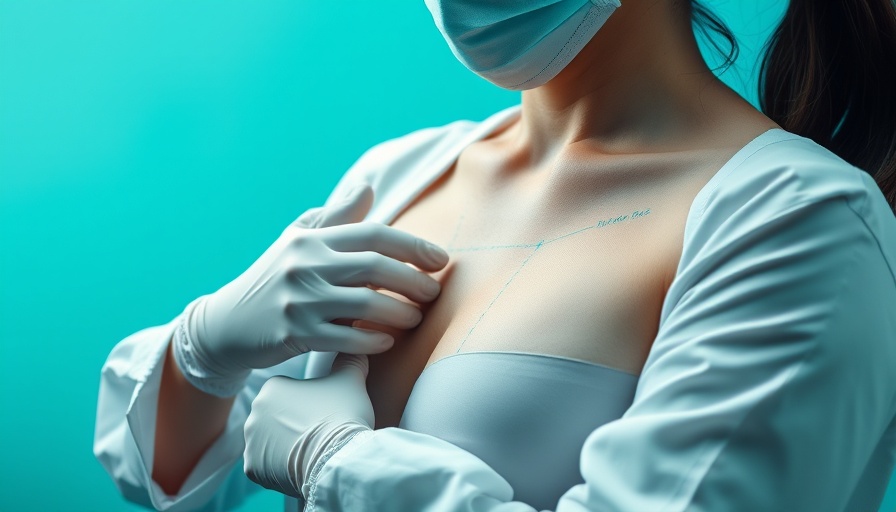
Unveiling the Allure of Fat Transfer Breast Augmentation
Fat transfer breast augmentation, also known as autologous fat grafting, has gained immense popularity among individuals seeking a more natural enhancement. By repurposing one’s own body fat, this procedure not only adds volume to the breasts but also sculpts the areas from which the fat is harvested, typically the abdomen or thighs. This dual benefit aligns seamlessly with the cosmetic industry’s growing inclination towards holistic aesthetics, prioritizing natural beauty.
Navigating the Procedure: Step by Step
During the initial stage of fat transfer, liposuction is employed to extract excess fat from the donor site. This fat is then meticulously processed to isolate viable fat cells that will be injected into the breast tissue. Patients often undergo the operation under general anesthesia or sedation, which adds a layer of comfort during this transformative experience. The recovery process, while generally straightforward, is essential to achieving optimal results.
Understanding the Potential Complications of Fat Transfer
While fat transfer breast augmentation boasts numerous advantages, it is crucial for prospective patients to comprehend the potential complications associated with the procedure. One of the most notable risks includes fat necrosis, characterized by the death of fat cells that can lead to lumps or firm areas in the breast. These lumps may mimic cancerous masses, causing concern for patients and requiring further diagnosis to rule out malignancy.
Infection remains a minimal yet noteworthy risk, as with any surgical intervention. Furthermore, fat reabsorption can limit the effectiveness of the procedure, with studies suggesting that as much as 50% of the injected fat may be broken down by the body after the initial surgery. Such reabsorption may diminish the long-lasting effects of the augmentation.
The Emotional and Physical Stakes
For many individuals, the decision to undergo fat transfer breast augmentation combines both emotional and physical factors. The prospect of achieving a fuller breast size while simultaneously contouring unwanted fat deposits is undoubtedly enticing. However, it is essential to approach this decision with a comprehensive understanding of the risks involved. Many patients find reassurance in discussing their options with a knowledgeable board-certified plastic surgeon. This conversation helps set clear expectations and addresses how to navigate potential complications effectively.
Transformative Outcomes: What to Expect After Surgery
Post-operative expectations vary, largely depending on individual recovery experiences and body responses. Surgeons usually advise patients to refrain from strenuous activities for a few weeks while the body heals. The initial fullness seen after surgery may not represent the final results, particularly due to fat reabsorption. For some patients, supplemental injections may be necessary to maintain desired volume, accentuating the need for follow-up appointments to monitor progress.
Conclusion: Making Informed Choices
The journey towards breast enhancement through fat transfer is undoubtedly a personal and impactful one. By being informed about potential complications such as fat necrosis, infection, and the possibility of fat reabsorption, individuals can approach the procedure with greater clarity. It’s essential to consult an expert plastic surgeon who can guide you through the complexities of the procedure while considering your unique circumstances and expectations.
While fat transfer breast augmentation presents attractive options, understanding the risks allows individuals to make empowered decisions that lead to their desired aesthetic outcomes. If you're considering this procedure, reach out to a qualified plastic surgeon to discuss your options and build a comprehensive plan tailored to your needs.
 Add Row
Add Row  Add
Add 






Write A Comment